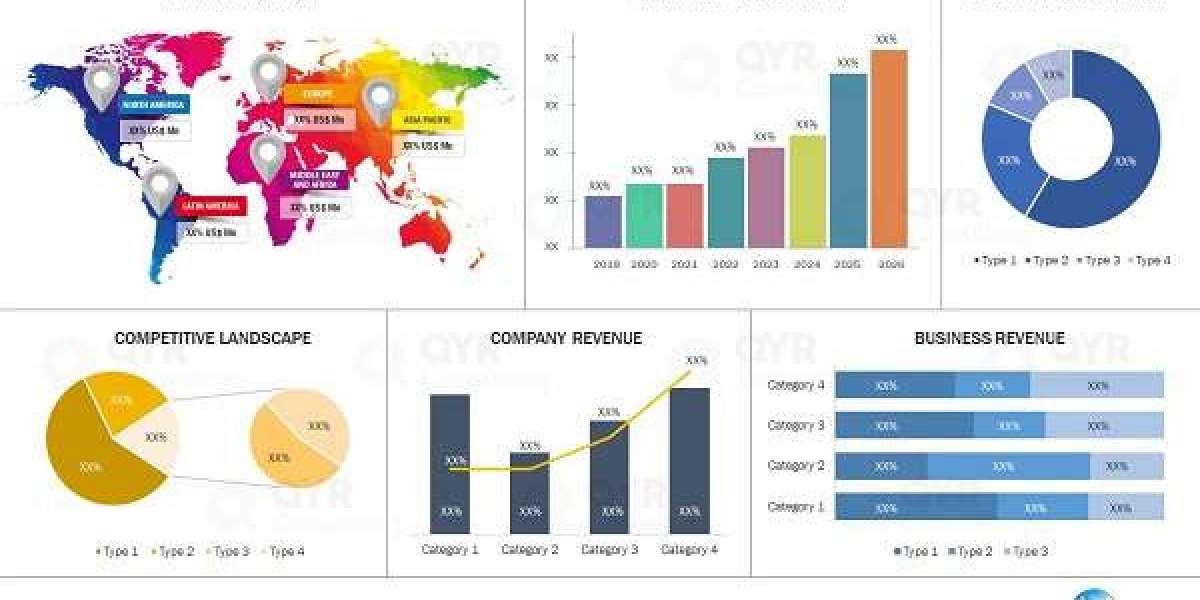ISO 45001:2018 is the international standard for occupational health and safety (OH&S) management systems. Published in 2018, it replaced the earlier OHSAS 18001 standard, reflecting modern approaches to risk management and worker participation. The standard provides a framework to systematically identify hazards, reduce workplace risks, and continually improve health and safety performance. It is designed to be flexible and can apply to any organization regardless of size or industry. ISO 45001 follows the high-level structure (Annex SL) used by other ISO management standards like ISO 9001 (quality) and ISO 14001 (environmental), making it easier to integrate multiple management systems.
Structural Framework of ISO 45001
ISO 45001 is structured into 10 clauses. The first three clauses cover the scope, normative references, and terms and definitions, laying the groundwork. Clauses 4 through 10 contain the core requirements. These clauses align with the Plan-Do-Check-Act (PDCA) cycle:
- Clause 4: Context of the Organization – The organization must identify external and internal issues, and determine the needs and expectations of workers and other interested parties. This clause also requires defining the scope of the OH&S management system.
- Clause 5: Leadership and Worker Participation – Top management must demonstrate leadership and commitment to safety. This includes establishing an OH&S policy, assigning roles and responsibilities, and ensuring workers are consulted and involved in the system.
- Clause 6: Planning – The organization must identify hazards, assess risks and opportunities, and determine controls to minimize risks. This clause also covers legal requirements and sets measurable OH&S objectives with plans to achieve them.
- Clause 7: Support – The organization must ensure it has adequate resources, including competent personnel, infrastructure, and finances. It must also address worker training and awareness, internal and external communication, and maintain necessary documentation.
- Clause 8: Operation – Day-to-day activities must be controlled to manage safety. This includes operational planning, hazard elimination or risk reduction, emergency preparedness and response, and safe procurement and contracting practices.
- Clause 9: Performance Evaluation – The system’s effectiveness must be monitored and measured. This involves tracking performance indicators, conducting internal audits, and management reviews to ensure compliance and continual improvement.
- Clause 10: Improvement – The organization must take action on nonconformities, incidents, and audit findings to correct and prevent recurrence. The aim is to continually improve the OH&S management system over time.
Key Requirements of ISO 45001
The requirements of ISO 45001 cover several key areas that an organization must address:
- Leadership and Policy: Senior management must set an OH&S policy and integrate it into the business strategy. They must ensure responsibilities are clear and that a culture of safety and health is promoted throughout the organization.
- Hazard Identification and Risk Management: Organizations must systematically identify workplace hazards, assess associated risks and legal obligations, and implement controls to prevent accidents and illnesses.
- Objectives and Planning: Measurable health and safety objectives must be established. Plans, budgets, and procedures are then created to achieve these objectives.
- Worker Participation: Employees at all levels must be involved. ISO 45001 requires mechanisms for worker consultation and participation in safety decisions, fostering a collaborative safety culture.
- Support and Resources: Adequate resources must be provided. This includes ensuring staff competence through training, raising awareness of safety policies, effective communication channels, and maintaining documented information for transparency.
- Operational Controls: Critical processes are controlled to manage health and safety risk. This includes safe work procedures, emergency preparedness (such as for fires or spills), and ensuring that suppliers and contractors also follow safety standards.
- Monitoring, Measurement, and Evaluation: Organizations must monitor performance using leading (proactive) and lagging (reactive) indicators, comply with legal requirements, conduct internal audits, and review findings in management reviews.
- Nonconformity, Corrective Action, and Improvement: When safety incidents or system failures occur, they must be investigated and corrected. The standard emphasizes continual improvement of the OH&S management system based on these findings.
Achieving compliance with ISO 45001 often involves internal or external audits. To support this, many organizations train their staff or hire specialists through an ISO 45001 lead auditor course, which teaches how to audit the system against the standard and ensure all requirements are met.
Overall, the ISO 45001 framework emphasizes proactive management of safety through leadership commitment, risk-based planning, and worker involvement. By following its structured approach—understanding context, setting policy, planning, implementing controls, and continually reviewing and improving—the standard helps organizations create safer work environments and protect employee health. In practice, adopting ISO 45001 demonstrates an organization’s commitment to safeguarding employees and can lead to improved safety performance and reputation.



